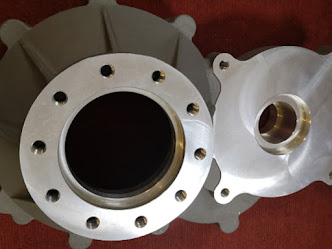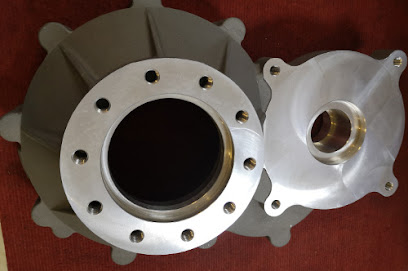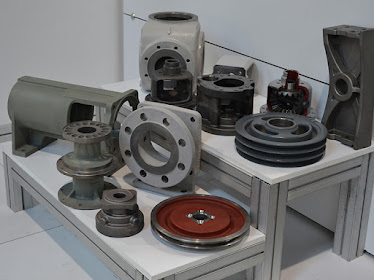Sand casting and permanent mold
casting are two different but related procedures that are each ideally suited
to particular situations and requirements. Permanent mold casting is the
practice of using the same mold again, as opposed to breaking it off after each
use as is the case with sand casting. The term permanent refers to the mold's
continuous usage, even if the mold is not genuinely permanent—as with any
process and tooling, it will deteriorate with time and ultimately need to be
refurbished or replaced. The permanent mold casting aluminum process's
fundamentals are broadly identical to those of other casting processes: A mold
cavity is filled with molten raw material, which is then allowed to cool before
being removed.
Using a single reusable mold,
permanent mold casting produces a huge number of castings. Simply pouring molten
metal into a mold, where it cools and hardens, is the casting process. The
casting is then taken out of the mold, which is then opened and utilized again.
The mold is constructed from a high-temperature metallic substance that can
survive repeated heating and cooling associated with large-scale production,
such as cast iron or hot work die steel.
Permanent mold casting: when is it used?
The method is typically used for
items that need to be stronger and more durable. permanent mold
aluminum casting is frequently used for the following purposes:
- Components for HVAC and ventilation, such as
fan blades and blowers
- a valve body
- a pump's parts
- Castings for inserts
- electronic enclosures
- casts for brakes
- Manifolds
Permanent mold casting Benefits
The following benefits of permanent
mold casting might make your selection between it and sand casting a little bit
simpler:
Strengthening: The porosity of a sand mold contributes to the end part's
lower strength. Permanent molds made of iron or steel never show this type of problem.
Smooth finish: Permanent mold casting by permanent mold casting
aluminum manufacturer have a smoother surface as compared to the sand-casting
technique. Both casting techniques may be made smoother by adding additional
steps, including polishing.
Dimensional accuracy: Permanent molds may create items with more exact tolerances than sand.




















